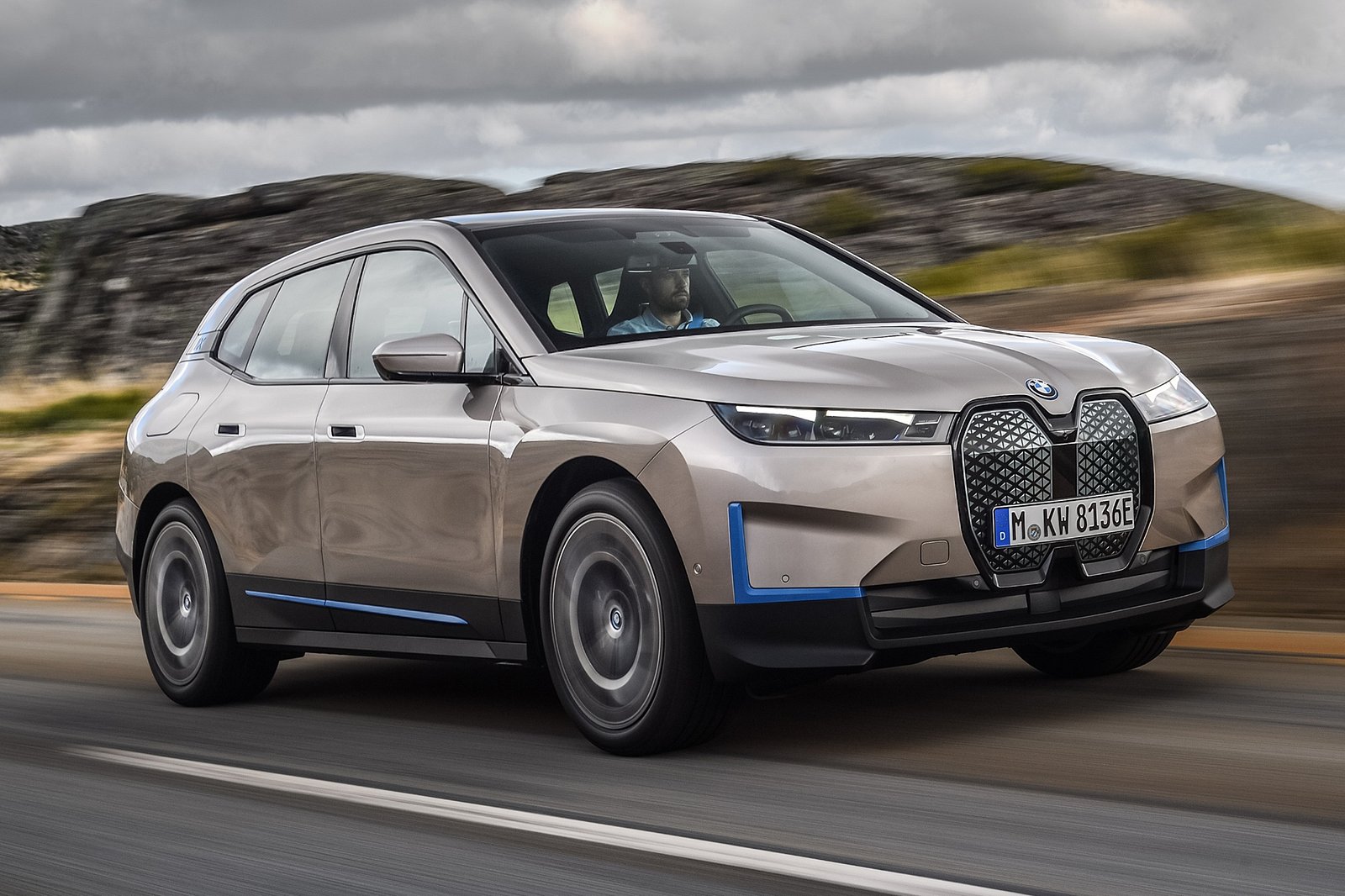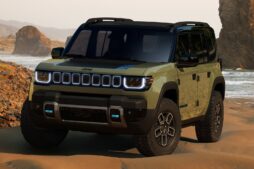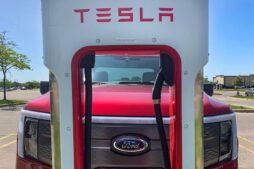BMW Joins Tesla on NACS Connector.
The BMW Group declared that beginning in 2025, it will employ Tesla’s North American Charging Standard (NACS) within the United States and Canada. This move is a part of their long-term evolving commercial strategy and implementations of electric vehicle technology.
One of the latest names to join up with Tesla is the renowned German automotive company. This agreement opens the way for holders of a BMW, Mini, or Rolls-Royce electric car fitted with the Combined Charging System (CCS) to take advantage of the efficacy of Tesla’s extensive Supercharger network.
BMW and Tesla are joining forces to enhance the experience for BMW, Mini, and Rolls-Royce clients. This certainly encompasses finding Superchargers through the navigation system as well as enabling payment transactions utilizing specific brand mobile applications.
In July, carmaker Mercedes-Benz declared they would be embracing the NACS connector and Jaguar has also expressed their intention to implement the Tesla connector from 2025. It may appear odd that many traditional automobile manufacturers are conforming to Tesla’s charging protocols.
The propagation of electric automobiles is being encouraged by allowing shoppers to take advantage of the large Tesla Supercharger framework. It is a collective endeavour to improve the transition from fuel-powered cars to EVs.

“At BMW North America, it is our top priority to ensure customers have access to fast and reliable EV charging,” declared Sebastian Mackensen, President & CEO of BMW North America. “This agreement marks the latest stage in our long-standing and ongoing mission to broaden charging options for our customers as we move closer to an electrified future.”
BMW North America has collaboratively joined forces with six other automakers to inaugurate a novel charging system. Aspirationally, the coalition aims to place approximately 30,000 EV (Electric Vehicle) chargers crosswise over the entire North American territory, beginning in 2024. Each station shall present connectors recognized as CCS and NACS, signifying anyone will be capable of fueling their respective EV at the new Supercharger-equivalent network.
The alliance is introducing a new network of charging points across the continent, which they promise will be of “best-in-class” quality. Designed to be located in convenient places such as highways and urban areas, these charging points will also be situated close to food and retail spots for added convenience. The first of these charging stations are set to appear in the United States during the summer of 2021, with locations in Canada shortly following.

A spokesperson for the project recently revealed that charging speeds of up to 400 kW will be available, although the Alliance will initially begin with 350 kW chargers. “We’re planning to quickly build a network, so we’ll start with 350 kW and then move up to 400 kW when the market conditions support a mass rollout,” the representative stated earlier this year.
The Tesla Supercharger is now available to an array of automakers and due to the new alliance charging system, range worries and problems associated with owning an electric vehicle may quickly become a thing of the past. Additionally, governing bodies are looking to build more charge networks for people in rural localities so they too can take advantage of charge locations.
This is an astute move by BMW. In the United States, their electric vehicle sales are going up; the most recent stats reveal that they sold 5,541 units of the iX electric SUV in the third trimester. Altogether, 13,079 EV’s were purchased within the period spanning from July to September, equaling 15.5% of total sales.








Your perspective on this topic is very interesting. Thanks for the detailed explanation.